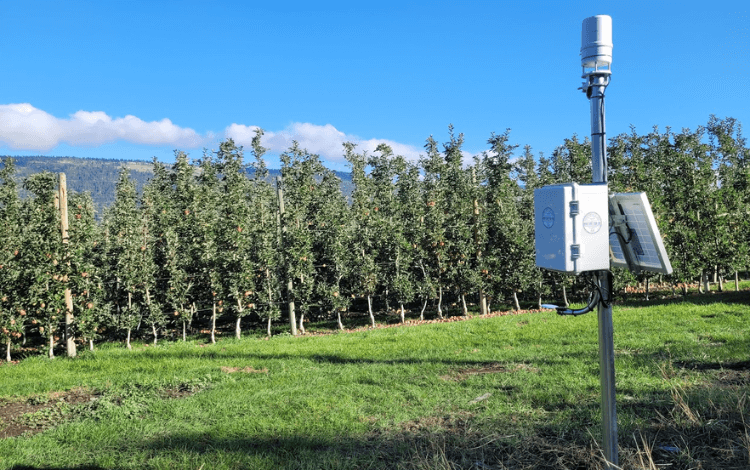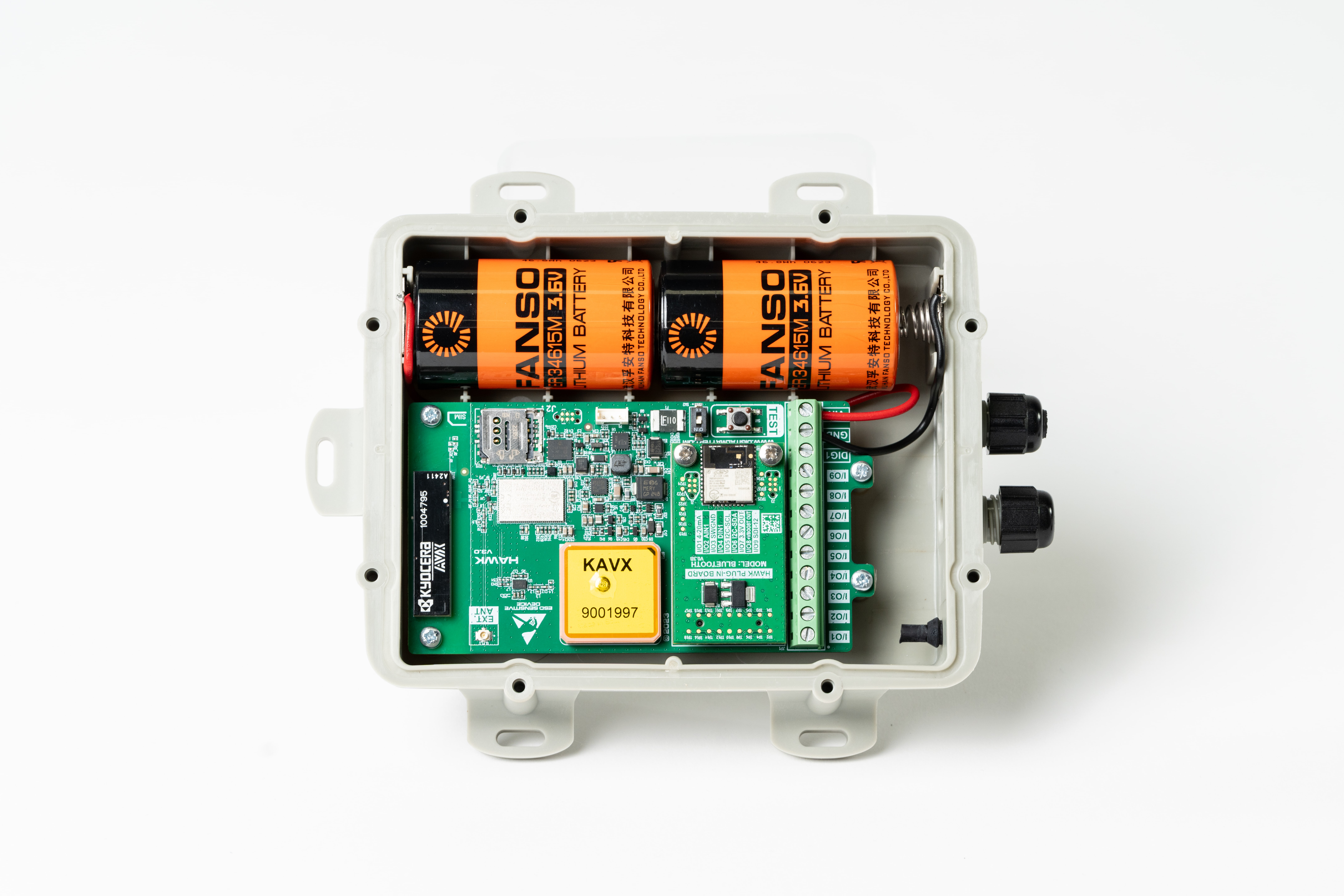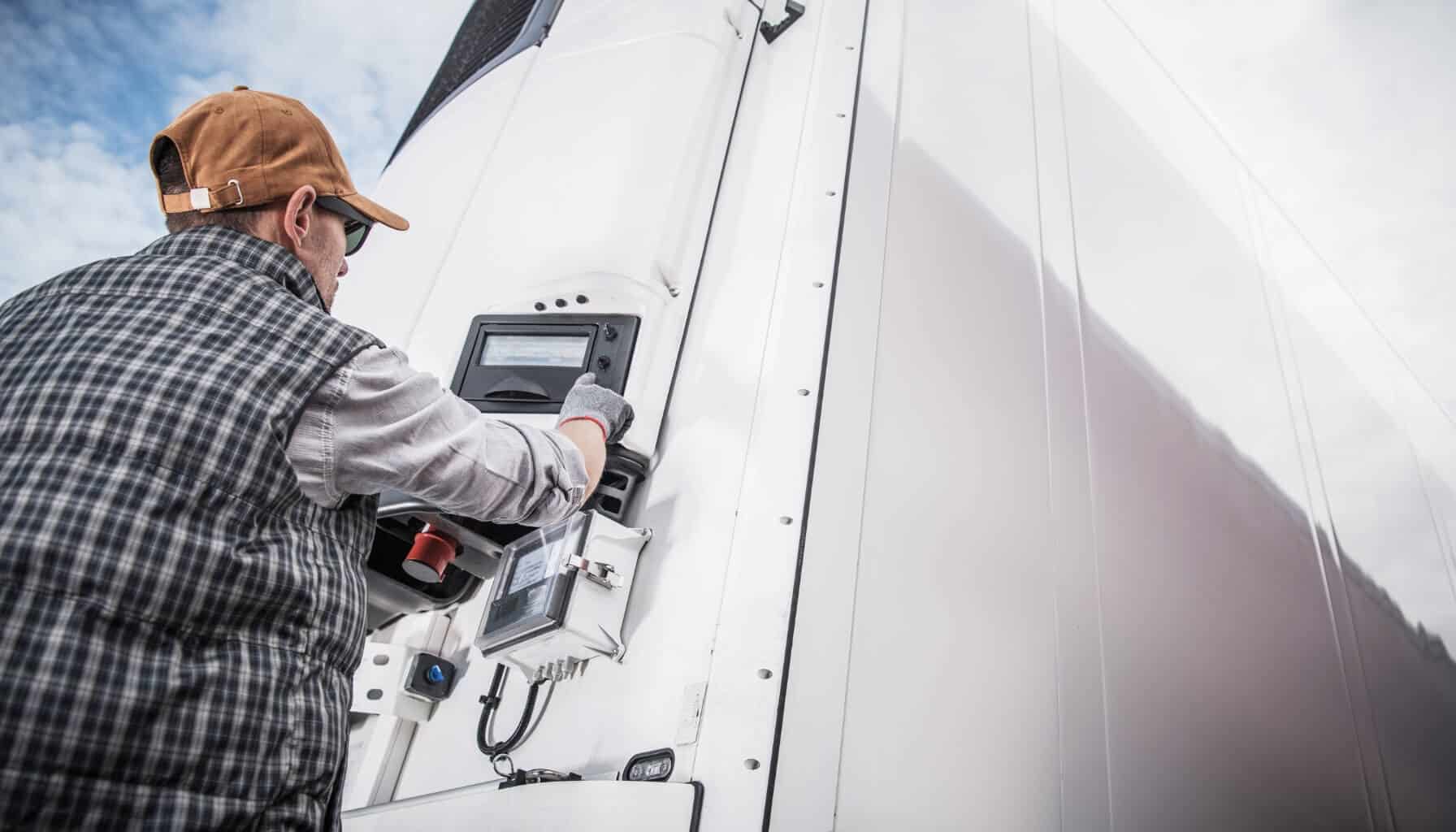Exploring The Hawk: Our Advanced IoT Data Logger

Our mission is to help businesses connect, protect, and derive more value from their assets. As a leading global innovator, developer, and supplier of IoT solutions, we drive continuous innovation to enable our partners to deploy confidently at scale worldwide.

The Hawk is a robust plug-and-play device that serves as a remote data logger and sensor hub. While sensors can use a variety of electrical interfaces, the Hawk’s modular design and plug-in “Input/Output (I/O) Cards” provide the flexibility to connect and transmit data from multiple different sensors, all from a single device.
With its flexible and unique approach to sensor monitoring hardware, the Hawk acts as the universal adaptor of dataloggers, accommodating unlimited sensor integrations to suit a diverse range of use cases. Its swappable I/O card architecture enables the quick and inexpensive integration of new sensors or combination of sensors, allowing users to fast-track device deployment.
The Hawk’s versatility spans sectors such as environmental monitoring, water management, and equipment management. Its design boasts ultimate flexibility to connect any sensor in any location, while users can choose the PCB, I/O card and power option to best meet their requirements. The Hawk supports a whole range of applications, including water quality monitoring, air quality monitoring and temperature and humidity monitoring.
PCB
The Hawk PCB is the core of the device and contains the modules essential to the system's functionality.
Among other components, it contains:
-
Cellular modem
-
GPS
-
Accelerometer
-
Smart charging circuitry
-
Low power microcontroller
-
Plug-in terminals for I/O Cards
The Hawk PCB is available in 2 variants - Hawk Pro and Hawk Lite - with an additional Satellite variant in development for extremely remote deployments.
What differentiates the Hawk Pro from the Hawk Lite is how they are powered. The Hawk Pro is compatible with high-capacity LTC batteries, or with a large internal rechargeable LiPo battery for use with external mains or solar power supply. The Hawk Lite is a low-cost, low-power option using affordable, lower voltage alkaline batteries. Both the Hawk Pro and Hawk Lite feature an ultra-low power design for maximum battery life.
I/O Cards
Key to the modularity of the Hawk, plug-in I/O cards define which sensor or combination of sensors the device can interface with. The choice of sensor will dictate the specific I/O card required. We currently offer a library of 6 standardized cards for common applications.
Card Differentiator: SDI-12, I2C
Used For: Agriculture, Soil Moisture Probes, Non-Contact Temperature Monitoring.
Sensor Spotlight: MLX90640 Infrared Camera
Card Differentiator: SDI-12, 4 x Analog Inputs
Used For: Agriculture, Soil Moisture Probes, Multiple Analog Sensors at once.
Sensor Spotlight: Multiple Analog Sensors!
Card Differentiator: RS485, Our Modbus RS485 Generic Action!
Used For: Generator and Water Meter Monitoring, Weather Stations .
Application Spotlight: Bushfire Detection with the Hawk and a Misol WN90LP Weather Station!
Card Differentiator: RS232, TTL
Used For: Generator and Water Meter Monitoring.
Sensor Spotlight: We currently have no sensors integrated on TTL or RS232. Please contact support if you have a use case that requires RS232 or TTL.
Card Differentiator: Bluetooth! Multiple IO’s including SDI-12 and I2C
Used For: All types of Bluetooth sensors with the capacity to store up to 1000 tags in its tag list, the Bluetooth+ card is ideal for:
-
Tool Tracking
-
Beer Keg Tracking
-
Personal Tracking
Sensor Spotlight: Supported Bluetooth Sensors, Turn on a Digital Output when a tag is lost/found
Card Differentiator: 5 Digital Inputs (6 including the baseboard)
Used For: Pulse counting on 6 inputs, Line fault detection, Door open/close.
Application Spotlight: Pulse counting
As new sensors and protocols emerge, we will continue to expand the Hawk's I/O card library within its existing architecture. This eliminates the need for custom development and allows us to keep our hardware costs down, allowing Hawk users to test and deploy their solutions faster. The Hawk continuously monitors sensor data to make informed decisions based on a pre-defined program, ensuring effective management of output devices.
Custom card development is also available to meet specific user requirements.
Power and USB Supply
The Hawk is available in several power variations to best suit your specific requirements.
Hawk Pro
LiPo Housing
-
Contains a large internal rechargeable LiPo battery.
-
External power compatibility including solar.
-
Recommended input between 6-28V.
-
Option to supply power to external sensors.
D Cell Housing
-
2 x LTC Spiral Wound D Cell Batteries. For example, SAFT LSH20.
-
Optional Gorevent for exceptional waterproofing.
Hawk Lite
D Cell Housing
-
2 x Alkaline D Cell Batteries.
-
Maximum input of 5.5V.
-
Optional Gorevent for exceptional waterproofing.
-
Compatible with low-voltage, low-cost power sources such as Alkaline D Cells.
Housing
The Hawk is available in two housing options, primarily determined by battery choice. Both housing options are ultra-rugged and waterproof (IP68 and IK07) and contain a GORE® vent (optional on the D Cell Housing).
-
LiPo Housing – Contains a 3500mAh rechargeable lithium polymer battery and is compatible with external power sources such as solar.
-
D Cell Housing – Compatible with D Cell batteries and is not compatible with external power.
The Hawk PCB and I/O card can also be supplied without housing, ideal for users and businesses building their own.
Sensor Compatibility
The Hawk’s plug-and-play architecture allows almost any sensor to be easily integrated, without the need for custom firmware development. The Hawk can also monitor temperature and humidity, making it ideal for environments where these levels are critical.
The following sensor interfaces/protocols can be integrated with the Hawk and configured over-the-air (OTA):
-
Digital inputs including pulse Counting
-
Analog Inputs
-
4-20mA
-
SDI-12
-
Most RS485 (Modbus)
-
Most 1-Wire
-
Most Bluetooth Tags
-
Humidity data logger
Some sensor interfaces/protocols require custom firmware development to integrate with the Hawk, including:
-
I2C
-
RS232
-
TTL
If your specific sensor requires custom integration, please contact support.
Task Management via Device Manager
The Hawk operates using a task-based architecture, which can be specifically configured using our Device Manager software.
Tasks can be configured at user-defined intervals, including how often the device samples sensors, uploads data, and gets a GPS fix.
Below showcases the Device Manager interface for configuring task parameters and required actions:

In this example, the Hawk is set to perform a Modbus Action 1 and 4-20mA Action every 30 minutes. Data is set to upload every hour (represented by a multiplier of 2 x 30-minute schedule periods) and gets a GPS fix once per day (represented by a multiplier of 48 x 30-minute schedule).
Numerous applications and scenarios are made possible by onboard logic that can be configured over-the-air via Device Manager. Additional examples of configuration potential include:
-
Forcing an immediate upload action based on sensor values.
-
Turn on a Digital Output based on a sensor reading.
-
For example, turning on a pump when a tank level is below a user-defined threshold.
-
Integrate complex RS485 Modbus Sensors via Generic Modbus Action.
-
Tasks can also be run in response to sensor readings or input changes.
Using edge computing, devices can be configured to schedule tasks or perform actions directly on the device. This occurs instantaneously, as opposed to waiting for the device to next connect to the server, reducing latency periods and enhancing operational efficiency.
In addition to device configuration and setting task parameters, Device Manager allows for OTA firmware updates and remote troubleshooting.
Data Integration
Like all of our other IoT asset tracking devices, the Hawk can send data to any endpoint you require and store it with its internal memory.
Within Device Manager, connectors allow users to integrate devices with third-party platforms and servers with ease. Device Manager accelerates and simplifies this often-complicated process by enabling users to independently create required connectors to fast-track deployment.
Data is end-to-end encrypted when sent to Device Manager, and from there, you can easily forward data to any end point via an HTTP/JSON connector or a raw TCP connector.
To learn more about data integration, please visit our Knowledge Base: Choosing an Integration Strategy.
If necessary, customers can bypass Device Manager and send their data to their own 3rd party server directly.
For details, please visit our Knowledge Base: Direct to 3rd Party Messaging.
Summary
The Hawk maximizes value and insights gained from a single device, through its innovative architecture and inherent flexibility. With a range of pre-defined device options designed for common applications, the Hawk provides a tailored solution for any application.
Thanks to our close relationships with partners, we constantly identify new opportunities to drive product development. This includes expanding our card library, increasing our sensor integration library, and developing product variations, such as satellite-enabled models for the most remote deployments.
Discover how the Hawk can maximize the value of your sensor and condition-monitoring solution. Contact us today to learn more about the Hawk and how to fast-track your deployment.


.png)




-1.jpg?width=352&name=Untitled%20design%20(5)-1.jpg)